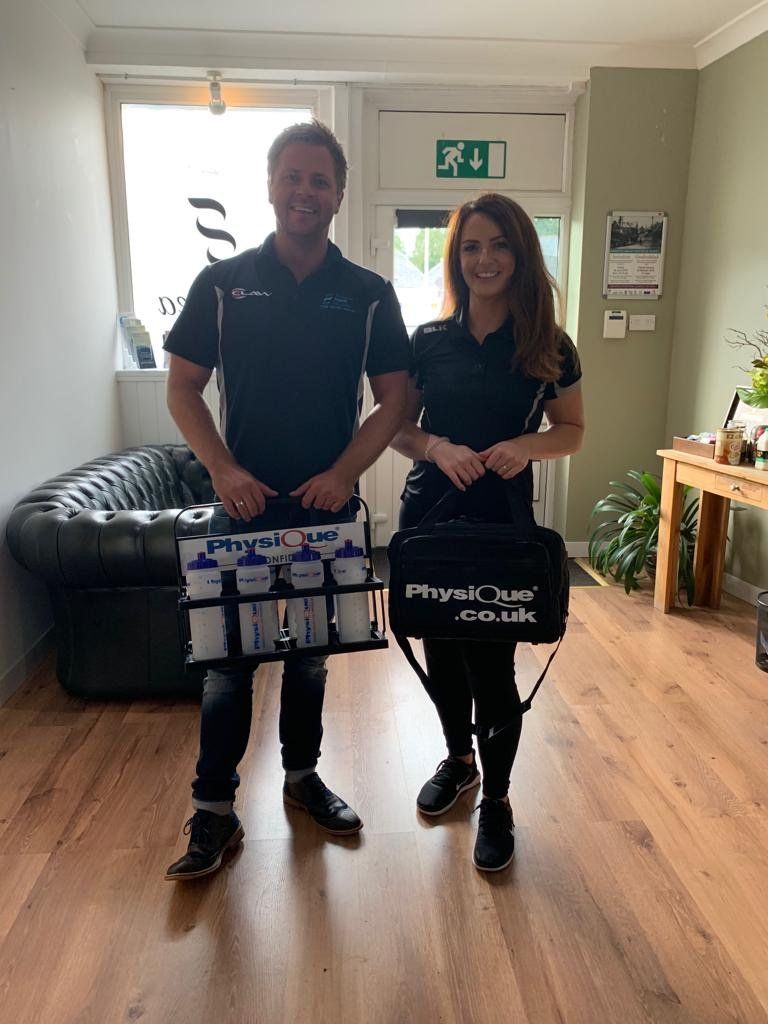
As of the 8th January 2024 we've taken the difficult decision to increase our treatment fees. The last two years have seen a dramatic increase in operation costs, and while we endeavour to remain as accessible as possible we are a small, community business. For more information on the prices please head to the 'PRICES' page on our website or click the link https://www.swanseahealthsolutions.co.uk/prices Many thanks Gareth & Team SHS

OPENING HOURS Wednesday 23rd December – 10.00am-18.00pm Thursday 24th December – 10.00am-14.00pm Friday 25th December - CLOSED (Christmas Day) Monday 28th December – 10.00am-18.00pm Tuesday 29th December - 10.00am-18.00pm Wednesday 30th December 10.00am-16.00pm Thursday 31st December 10.00am-14.00pm Friday 1st January 2021 CLOSED Monday 4th January 2021 10.00am-18.00pm Merry Christmas & a Happy New Year from us all at Swansea Health Solutions
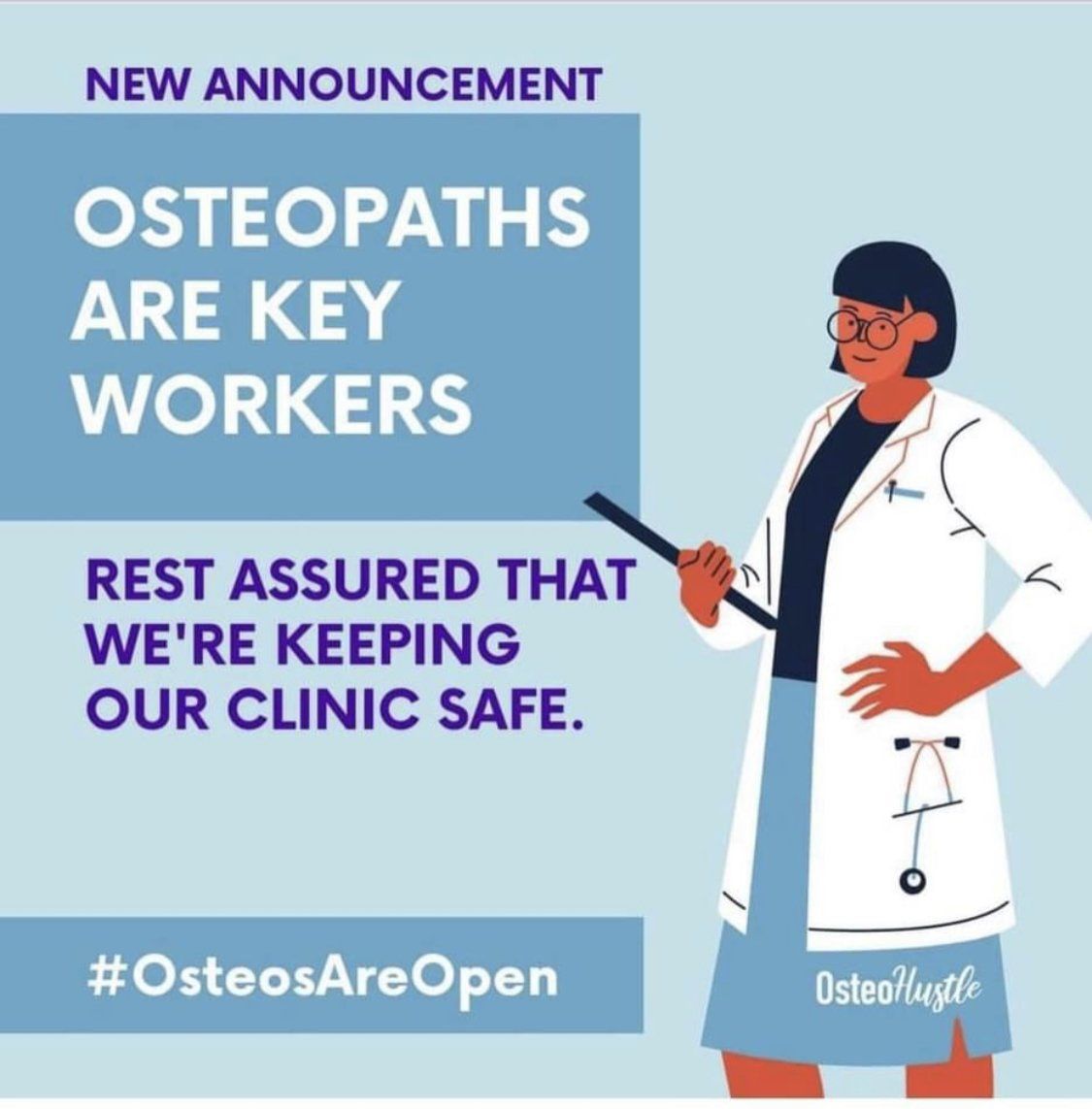
We are pleased to say that in accordance with Government guidelines we are open as usual during the Welsh 'Firebreak' lockdown. As our team are physiotherapists and Osteopaths we are considered as key workers, this will hopefully reduce the pressure on the NHS and help those who need our care. We will continue with our risk assessment and full PPE measurements will remain in place. For more information on the lockdown please visit https://gov.wales/coronavirus
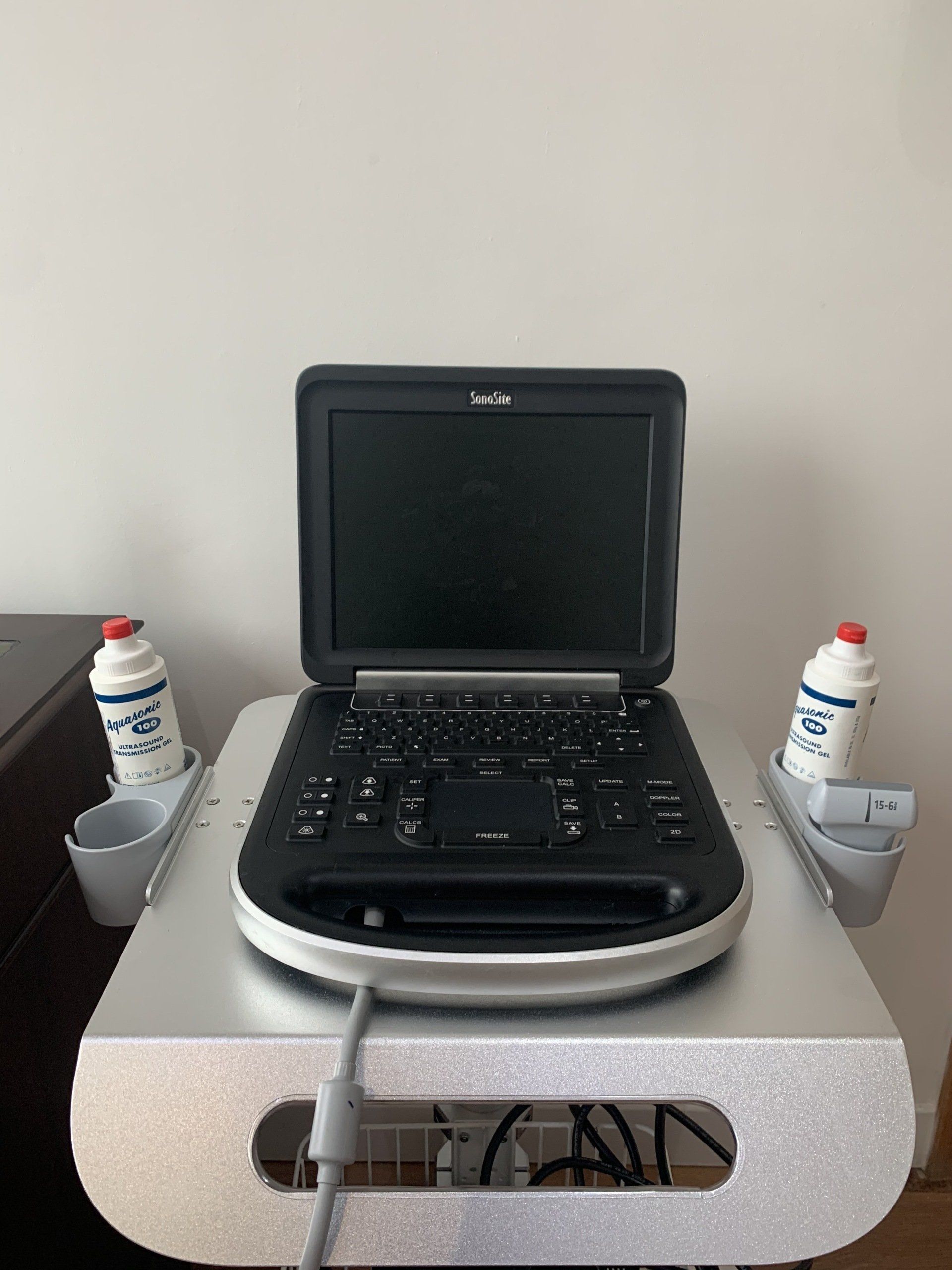
Musculoskeletal Diagnostic ultrasound, also called sonography, is an imaging method that uses high-frequency sound waves to create images of muscles, tendons, ligaments and joints throughout the body. At Swansea Health Solutions we believe in getting to the root cause of your symptoms. The images can provide valuable information for diagnosing and treating a variety of diseases and conditions. Conditions treated include: · Tendinopathy (patellar, Achilles, tennis elbow, plantar fasciitis) · Muscle strains / tears · Shoulder rotator cuff injury / bursitis · Carpal Tunnel Syndrome / wrist pain · Ligament injuries Benefits of an ultrasound scan • MSK Ultrasound provides an accurate diagnosis to implement the most effective treatment plan for your recovery • MSK Ultrasound is non-invasive. • MKS Ultrasound is easy-to-use and less expensive than most other imaging methods. • Ultrasound imaging is extremely safe and does not use radiation. • Ultrasound scanning gives a clear picture of soft tissues that do not show up well on x-ray images. • Ultrasound provides real-time imaging • Ultrasound is also an excellent alternative to MRI for claustrophobic patients. • Ultrasound images are captured in real time, they can show the movement of a soft tissue structure such as a tendon, joint or an extremity. What are the limitations of Ultrasound Imaging of the Musculoskeletal System? Ultrasound has difficulty penetrating bone and, therefore, can only see the outer surface of bony structures and not what lies within.For visualising internal structure of bones or certain joints, other imaging modalities such as MRI are typically used. Gareth Davies, Clinic Director, has completed an ultrasound scanning mentorship program with Sports Medicine Ultrasound Group (SMUG) in conjunction with the Postgraduate Certificate in Musculoskeletal Ultrasound at Canterbury University. Examples of MSK Cases performed in clinic: All images are used with permission from patients

Following the announcement by our governing bodies we can now re open the practice for face to face consultations. As a practice, keeping hygiene levels exceptional throughout the day has always been a priority. The last couple of weeks we have been working hard behind the scenes to ensure all precautions and measures are in place. We have taken every measure to ensure excellent hygiene and safety standards to enable us to safely re-open. New precautions we are taking include: ⚪You’ll be contacted by your practitioner 24 hours before your appointment to undertake a risk assessment and be screened for any COVID-19 symptoms. ⚪Please arrive on time for your appointment. If you arrive early please wait in your car or outside. This will minimise any crossover. The waiting room is temporary closed. ⚪To minimise contact and maintain social distancing, only one patient will be allowed in the treatment room at a time. ⚪All practitioners will be wearing PPE in-line with government guidance for the duration of your appointment. We advise patients to bring their own face mask or face covering to wear. If you don’t have a face mask the clinic can provide at a small charge of £1. If you arrive wearing gloves, these will need to be disposed of upon entry to the clinic. ⚪Upon entry to the clinic your practitioner will conduct a re-screen for COVID symptoms and will ask you to use the hand sanitiser before and after your treatment. We kindly request you use the toilet before attending your appointment to reduce the amount of patient traffic. ⚪All linen has been removed from clinic and couches. These have been replaced with wipeable covers, disposable couch roll and disposable pillow cases. No towels will be used in the clinic. ⚪All surfaces in the clinic are disinfected between appointments. Additional time is also added between appointments to aerate the treatment rooms and allow appropriate donning and doffing of PPE. ⚪Only some services have resumed. We currently do not offer sports massage / sports therapy and corticosteroid injections. ⚪For the near future we are running on a telephone service only, with no online booking. As an alternative to face to face appointments, we can offer a virtual consultation, if you or anyone within your household is in one of the high-risk categories, or If you or anyone in your household has been unwell in the last 2 weeks with COVID-19 symptoms and If you have not been following government social distancing guidelines. We’ll update on any changes to the way we practice in the coming weeks and months and look forward to welcoming patients new and old, back to the clinic. To book an appointment please telephone 01792 872900 or email gareth@swanseahealthsolutions.co.uk The receptionist will take some personal details, then your practitioner will call you back, to arrange an appointment time convenient for you and explain the procedure of your appointment

Lauren Herbert BSc (Hons) is a highly experienced Sports and Remedial Massage Therapist and Acupuncturist. Lauren qualified from the London School of Sports Massage in 2014 after Previously Graduating in 2012 with a 2:1 in Equine Sports Science. Lauren is a Keen Show jumper with British Show Jumping and is passionate about the effects of posture on strength, functionality and pain. Lauren is qualified in: Qualified in dry needling Kinesio taping and strapping Pregnancy massage As well as injuries Lauren particularly enjoys working with the general public who are struggling with work based postural issues from sedentary lifestyles and the elderly. Lauren is currently to embark on a course in March 2020 to qualify in oncology massage to work with cancer patients and hopefully do some work for Maggies.
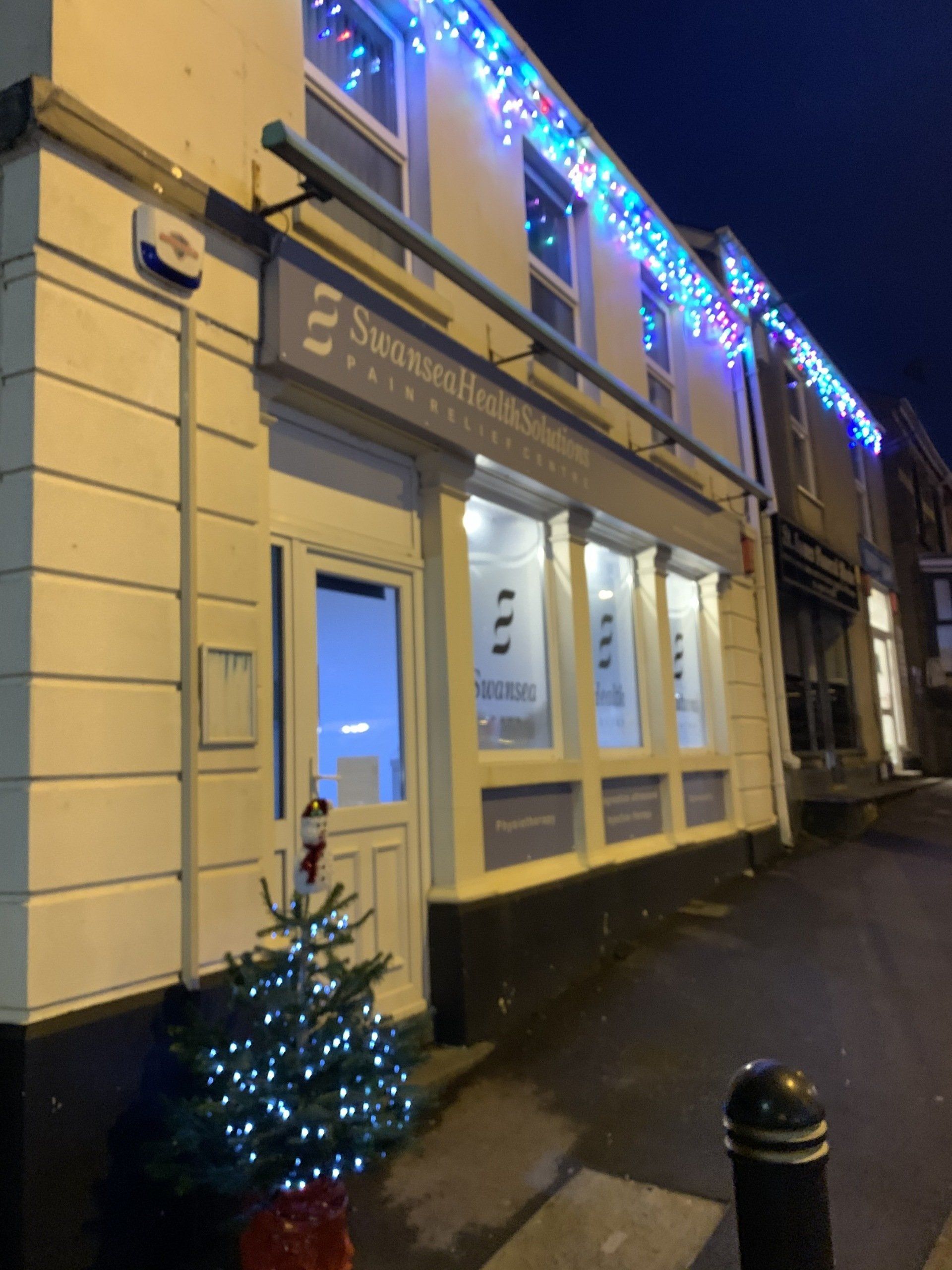
Gareth, Deven & Mike decorated the clinic this year. (Unfortunately) Huw was unable to make it. Thank you to Nomads Bar & Kitchen in Gowerton for supplying us with lovely tapas and wine. Nomad Bar & Kitchen serves wines, beers, hot drinks, small plates, sandwiches and salads using high quality, not on the high street products from low volume independent producers across Europe. Nomad can be found at 98 Sterry Road, in Gowerton. Tel 01792 874250. For more information visit www.nomadswansea.co.uk
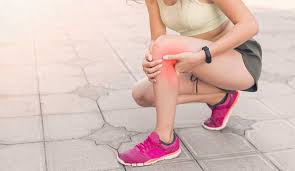
Rest or no Rest…. By Huw Roberts. Extended Scope Physiotherapist One of the commonest complaints we see in Swansea health Solutions is pain due to a sports or training injury. Whether you are training for Ironman, have just started on a couch to 5k challenge or are just looking to increase your step-count on your Fitbit, soreness as a result of training is something you are likely to experience. The critical thing is knowing whether you are safe to keep training or whether rest is best. Rest is, in fact, rarely the best thing. Neither, however, is continuing to plough through your training plan regardless. The most common training injuries we see are tendon problems. These usually present themselves at the knee, hip, ankle or shoulder. Our tendons are the structures that link the ends of our muscles to our bones. They are firm but elastic structures which are integral to transferring the forces from our muscles to bones so that movement can occur at a joint. Tendons can give rise to pain for several different physiological reasons. These can include tendon ‘reactivity’ which is a transient inflammation or tendinosis which is due to an overall disorganisation of the tendon tissue. However, whatever the underlying mechanism, tendon pain is almost always as a result of subjecting the tendon to a load which your body cannot withstand. When we discuss a ‘load’, we are referring to an activity of some kind like running, cycling, weight lifting etc. If your tendon’s capacity to withstand the load is lower than load placed upon it, the tendon will react by becoming painful. To give an example, let’s pretend you’ve never run for anything other than to catch the bus before. One day, you decide to run a marathon with no training. The next day, you would be incredibly sore. This is because your body has not been primed to perform this activity; your capacity to run would be lower than that of a marathon. It would be the tendons which would be the sorest structures. Avoiding this soreness, in reality, is all about a structured, gradually increasing training plan. It can take a long while to lay the strong foundations needed for intense physical activity and this is often where our patients get it wrong. An increase in training intensity, frequency or duration can easily lead to tendon pain. It may be as much as 3 or 4 weeks after the increase in the training load that the pain starts to make itself apparent too so unpicking the moment where things started to go wrong is a key part of your initial assessment with a therapist. Some other factors can have an affect too such as a change to training surface (e.g. running on sand instead of your usual concrete), a change in footwear (those flashy new trainers!) or recovery times (not resting for appropriate periods between training sessions) can all also affect your tendons. There are plenty of things which your therapist can do to help with tendon pain but the solution lies with these three points: A discussion to address the likely causes of pain. A (temporary) modification of your training load. A strength and conditioning retraining routine to improve your capacity to perform your training program. A good therapist will be able to help with all of these things and keep you training at your best permanently.

As of the 8th January 2024 we've taken the difficult decision to increase our treatment fees. The last two years have seen a dramatic increase in operation costs, and while we endeavour to remain as accessible as possible we are a small, community business. For more information on the prices please head to the 'PRICES' page on our website or click the link https://www.swanseahealthsolutions.co.uk/prices Many thanks Gareth & Team SHS

OPENING HOURS Wednesday 23rd December – 10.00am-18.00pm Thursday 24th December – 10.00am-14.00pm Friday 25th December - CLOSED (Christmas Day) Monday 28th December – 10.00am-18.00pm Tuesday 29th December - 10.00am-18.00pm Wednesday 30th December 10.00am-16.00pm Thursday 31st December 10.00am-14.00pm Friday 1st January 2021 CLOSED Monday 4th January 2021 10.00am-18.00pm Merry Christmas & a Happy New Year from us all at Swansea Health Solutions

We are pleased to say that in accordance with Government guidelines we are open as usual during the Welsh 'Firebreak' lockdown. As our team are physiotherapists and Osteopaths we are considered as key workers, this will hopefully reduce the pressure on the NHS and help those who need our care. We will continue with our risk assessment and full PPE measurements will remain in place. For more information on the lockdown please visit https://gov.wales/coronavirus

